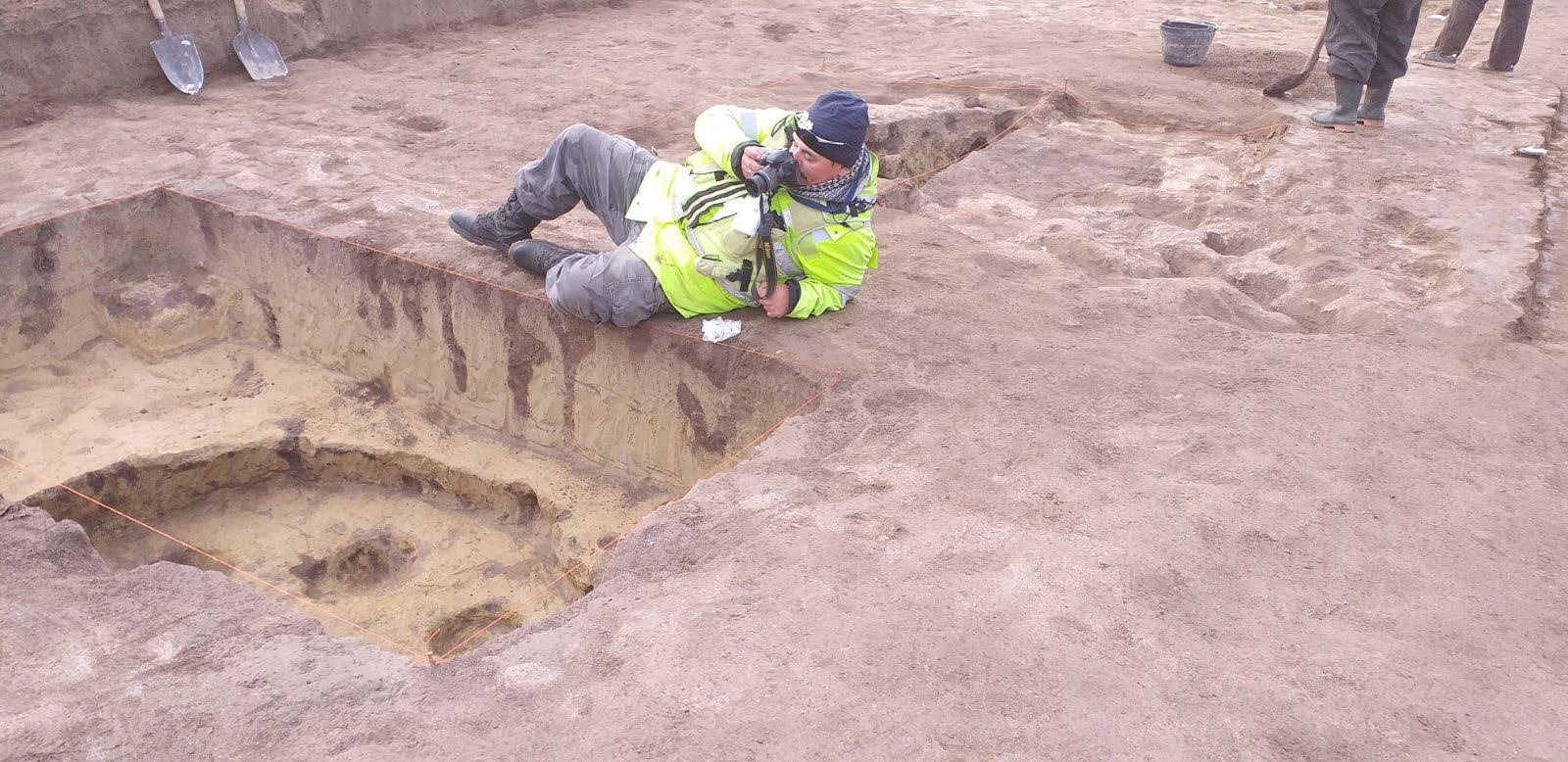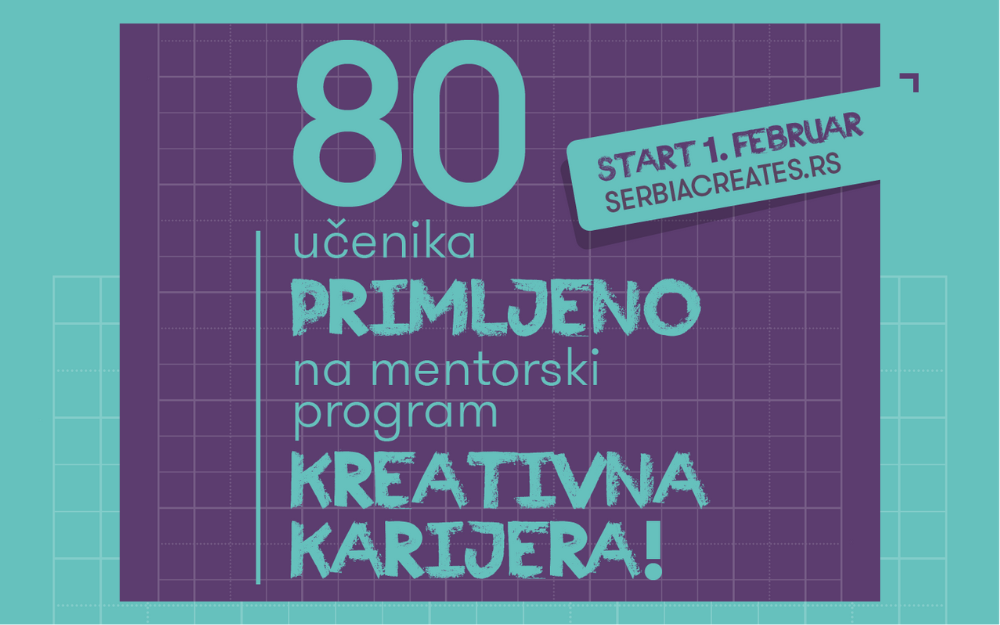THE WORD OF AN ARCHEOLOGIST: How to discover a prehistoric city?
ПОДЕЛИ
In the year 2021, a capital three-year project “Reconstruction, revitalization and presentation of the archaeological site Belo Brdo in Vinča” was started at the site of Vinča Belo Brdo, which involves an investment of about 3 million euros by the Government of the Republic of Serbia. Recently, at an event organized on the occasion of the completion of the works on the rehabilitation of the landslide site “Vinča Belo Brdo”, which was also supported by the Government of the United States of America through the Ambassador’s Fund for the Protection of Cultural Heritage, Dr. Miroslav Kočić, manager of the Center for Archeology “Dragoslav Srejović” of the University of Kragujevac and executive manager of the “Vinča Belo Brdo” site remediation project, talked with us about what an archaeologist’s day looks like and what are the interesting things that comprise his vocation.
SC: What does a day at an archaeological site actually look like?
Contrary to popular culture, starting the day on an archaeological dig is very professional, without mystification, waking up in some exotic bar under the table. The only difference in terms of other work is that we generally have shared accommodation on the fields, and then with breakfast and coffee we go over the tasks for that day, what was done previously, whether the documentation is filled in, whether all the batteries are ready, whether is packaged water and the like. The difference in the view of any other job arises at the beginning of the working day, because we can never know what surprises await us that day, both good and bad, and how to adapt. We can jokingly say that if the motto of the marines is “SEMPER FIDELIS” – always faithful, the motto of archaeologists is “SEMPER FLEXIBILE” – always adaptable. Examples of such situations that I have personally found myself in are countless, from starting to dig a Neolithic house and ending up in a Roman temple, to the fact that while searching for a site you think you have found the top of an amphora sticking out of a stream only to find out that it is a German plane bomb from the April bombing, to having your jeep break down in the middle of the Siberian steppe, and having to fix the carburetor with some steel wire and an empty can of condensed milk. After working in the field, lunch and afternoon break, work continues on processing materials and writing documentation, so that the archaeological working day generally lasts 10 to 12 working hours. But this is precisely the reason why this business generally profiles a specific type of enthusiast who engage in it.

SC: Does it happen that sometimes archaeologists do not excavate anything at a site for days or even months?
Although the public often thinks that we have some kind of secret maps that lead us to the sites, this is not the case, especially in prehistoric archaeology. It involves painstaking work on analyzing the literature, collecting data in the field, analyzing geomorphological data, findings from the surface, talking to the local population, and a handful of other things. In addition, it happens that simply human activity in the past was not what we assumed, and we end up digging an “empty” well for five days, because at that very place in the course of time some change took place, such as the fact that there was a watercourse that was just meandered and undermined the site there, and deposited river sediment, or simply that nothing was built at that particular place within the settlement, which is sometimes more important information than individual finds, because in archeology we deal with people who are behind material things, not material things that stand in front of man.

SC: What is the most interesting thing that has ever happened to you at a site?
During almost 20 years of career, many beautiful, less beautiful, happy and sad moments happened, and it is difficult to single out all those moments of camaraderie and closeness that you can feel in very few professions, and as a human being, of course, those human moments are the most memorable for you into consciousness. Among the professional moments, I would single out one, when I worked as part of the University of Pittsburgh team on the recording of the Grivac settlement in Vinča, which is located in the territory of the municipality of Knić, when after a very long and tiring day of geophysical recording where you travel thirty kilometers a day with the cameras, transferred the data to the computer and started processing, and when a 7,000-year-old prehistoric city began to appear before our eyes, hiding in the open, before our eyes under the beautiful Georgian landscape. At that moment you start to doubt whether what you see is real, even though you know the site is there, even though you did the filming, but when you see hundreds of houses arranged in regular rows, with defensive moats surrounding a large city of over 30 hectares is similar to when a child reads a science fiction book for the first time and imagines some new worlds.
























